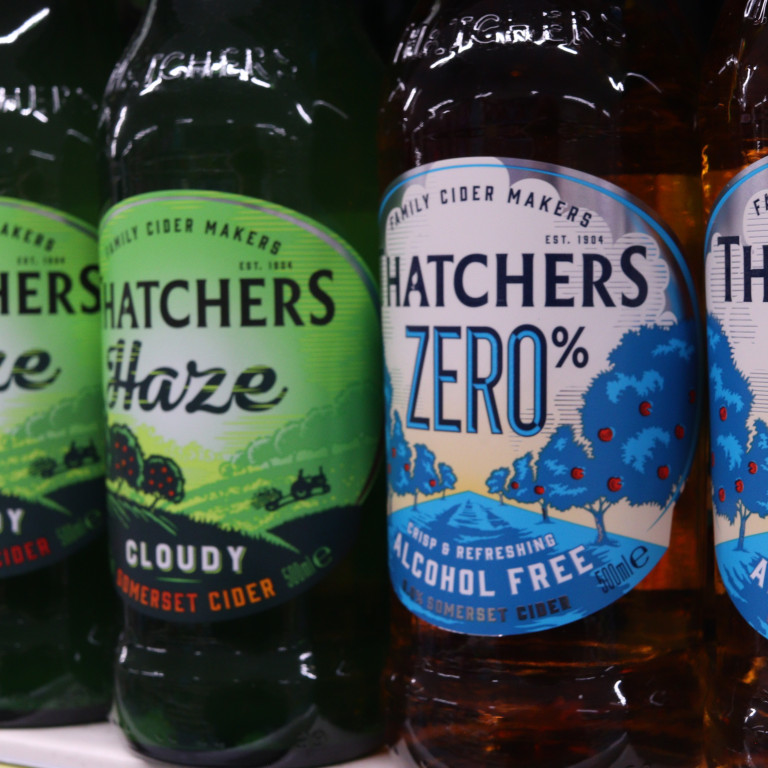Registered designs are an effective and low-cost tool to combat lookalike products and thoughtful registration of IP lies at the heart of many a business success. This was highlighted in the Intellectual Property Enterprise Court’s recent ruling that the sale and advertisement of Aldi’s ‘Infusionist’ range of flavoured gins infringed M&S’s ‘Snow Globe’ UK registered designs.
What do registered designs protect?
A design registration helps protect the appearance of a new product including the physical shape, configuration, decoration, colour, and pattern.
M&S relied upon its 5 registered designs for a light-up gin bottle registered in April 2021 with a priority date of 15 December 2020. These designs protect:
- The shape and contour of the M&S bottle and cork stopper
- The illumination of the bottle
- The gold leaf flakes
- The bottle’s winter forest silhouette design.
How long does the protection last and how does it stop infringers?
A registered design confers a 25-year monopoly right in the design which means you have the exclusive right to make articles incorporating the design and sue for infringement even where a defendant does not copy the design.
Why should I register a design?
The process of obtaining a registered design is relatively short and inexpensive. Registering a design costs from £50 for one design to £150 for up to 50 and the Intellectual Property Office (IPO) will usually give you a decision in 3 weeks.
Registered designs help you build the reputation and goodwill of your product and, when used in conjunction with a registered trade mark, afford strong intellectual property protection. Registration also indicates that you take your rights seriously because you have incurred the time and expense of protecting the designs, which acts as a deterrent to infringers.
What is the Intellectual Property Enterprise Court?
Intellectual property claims are heard either by the Intellectual Property Enterprise Court (IPEC) or in the High Court. The IPEC provides a streamlined and more cost-effective forum to hear lower-value and less complex intellectual property claims, providing access to justice for small and medium-sized enterprises that might not otherwise be able to bring or defend a claim. The IPEC also intended to provide a forum in which lower-value IPR disputes can be litigated at proportionate costs as there is a cost limit on how much a winning party can recover.
What else should I consider?
- You must renew your design registration every 5 years to keep it protected.
- The design must be new. An identical or very similar design must not have been disclosed anywhere in the world before the application and you have a 12-month grace period after disclosure to file your application. Applications made after this period will be invalid.
- You should search the design registers to check if anyone else has registered your design. You can ask the IPO to search for you for a fee of £24.
What about other intellectual property rights?
If relying upon other rights such as copyright and unregistered designs you would need to prove that a defendant had copied the design. It is also possible to rely upon trade mark infringement and the law of passing off but the evidential threshold for establishing a cause of action in lookalike cases is usually higher. The M&S v Aldi case highlights the utility of registered designs in circumstances where other intellectual property rights are less able to provide protection.
How we can help
It is essential to get the application right and we can provide specialist advice about how to maximise the protection available to you. If you would like help or support with registered designs then visit our dedicated Intellectual Property pages or contact our expert team.




